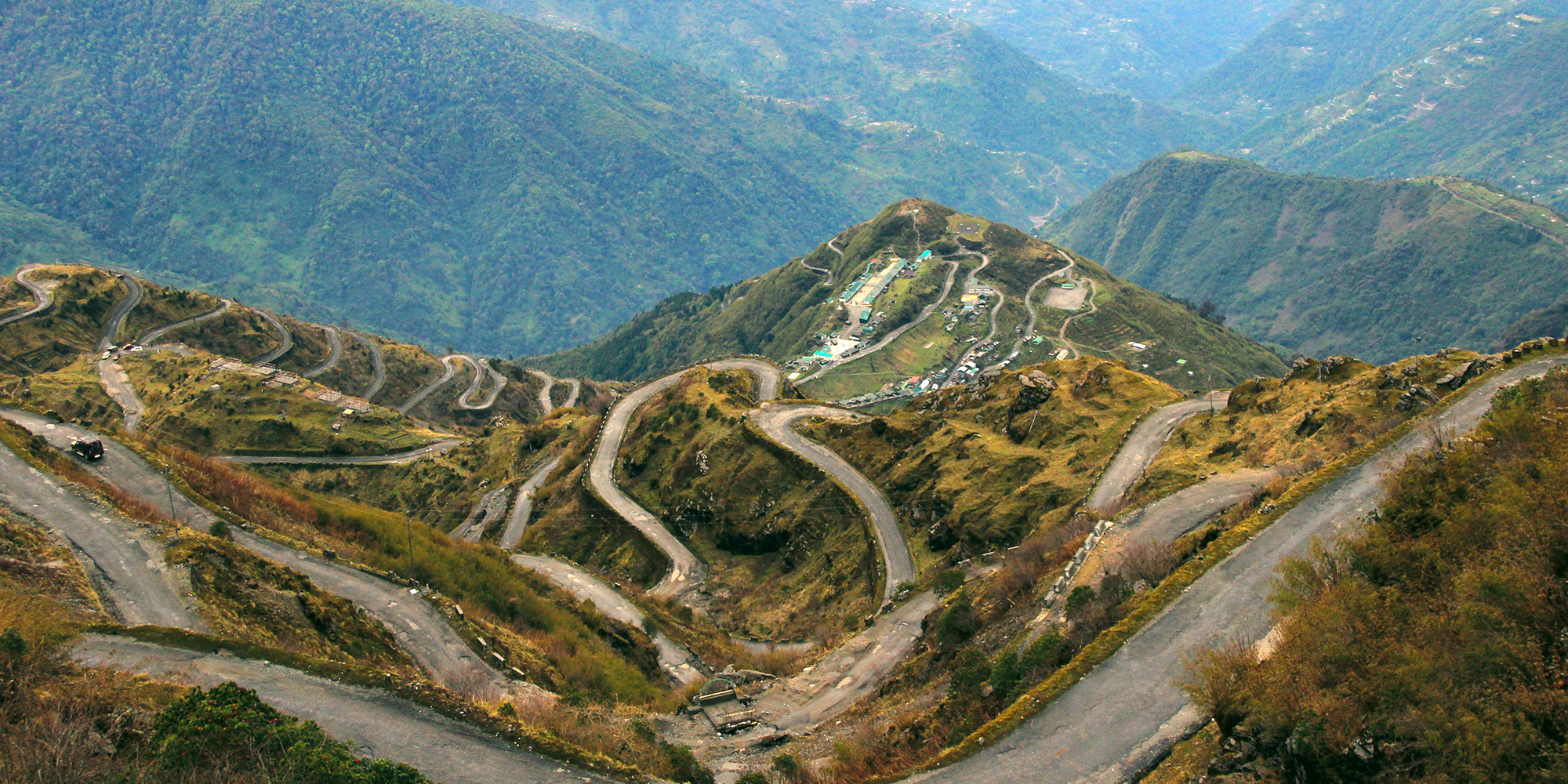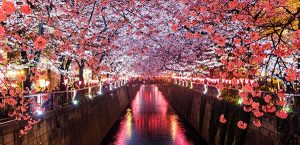2nd Flush Darjeeling teas are highly coveted in the tea world for good reason. Their unique, muscatel flavor is due in part to the influence of Chinese cultivation. Here’s the story of their rise to notoriety.
A Tale of Two Varieties
There are two main varietals of the Camellia Sinensis tea plant:
Camellia Sinensis Sinensis originated in China, likely in the Southern region of Yunnan, and has been cultivated for centuries all over the country. Each region in China has developed its own unique style, and this versatile variety can be made into nearly every type of tea.
Camellia Sinensis Assamica has broad leaves and loves warmer weather; it is thought to have originated in Northern India. It is a strong plant with a robust flavor and can even grow into trees over 50 feet tall! It’s often used to produce black tea and pu-erh.
Fun Fact: Japan’s love affair with tea began as early as the 8th century, when Buddhist monks brought tea seeds to Japan.
Wikipedia
From China to India: A Tea’s Journey
In the mid-1800s, the British were looking for an alternative to tea from China. They planted the Assamica and Sinensis varieties of tea plant in the Darjeeling region of India. Due to the sloped gardens, higher elevation, and cool, cloudy weather, Camellia Sinenesis Sinensis fared much better, and is widely grown in Darjeeling to this day.
Now that you know how a Chinese tea plant ended up in India, let’s discuss the whole “Flush” thing.
Four Flush’s Sake
There are four distinct tea harvests, or flushes. The characteristics we discuss in this article refer to Darjeeling teas.
The first flush is in March-May, when the plants are tender, and the flavor is light and aromatic. This flush produces great white teas, but many other types of teas, including 1st Flush Darjeeling black teas are produced, as well.
The second flush is picked in May-June, after the plants have begun releasing compounds to defend themselves against insects. These compounds give the tea a highly-coveted sweet profile reminiscent of muscat wine. That’s why 2nd Flush Darjeelings are often called ‘The Champagnes of Tea”.
The third flush occurs in July-September after monsoon season. Due to the rains, the leaves quickly grow larger and broader, and the flavor weaker than the second flush. This prevents complete withering and oxidization, so much of this harvest is used for white, green, or lower-quality black teas.
The fourth, autumnal flush is harvested in October-November. The tea is more herbaceous with a soft muscatel flavor, fuller body, and darker color than previous flushes.
Fun Fact: Most tea is still picked by hand!
Introducing our 2nd Flush Darjeeling Teas
Now that you know their history, we suggest tasting our fresh batch of 2nd Flush Darjeeling Teas:
Rohini Estate Gold Wire 2nd Flush Darjeeling Black Tea features golden tips in the dry leaf. It showcases a smooth round flavor followed by a pleasant sweetness and a wonderfully complex flavor. Very limited availability.
Margaret’s Hope Estate 2nd Flush Darjeeling Black Tea comes from one of the most famous tea gardens in the world. Well-known for its quality, this really is the “Champagne of Teas”.
Rohini Estate 2nd Flush ‘Oolong’ Tea exhibits the muscatel sweetness that is so prized in the teas from Darjeeling. Careful control of the oxidation halts the process before it develops any astringency.
Which 2nd flush is your favorite? Let us know in the comments below.




Sharon
31 Aug 2021I used to love first and second flush Makiabari (Maikabari?), but haven’t been able to find it anywhere. Do you know what ever became of it?
Thanks for the history lesson and tea education. I had always assumed “autumnal” was second flush. Imagine my surprise to learn it’s fourth!